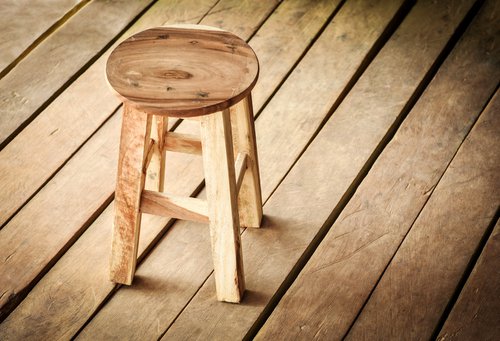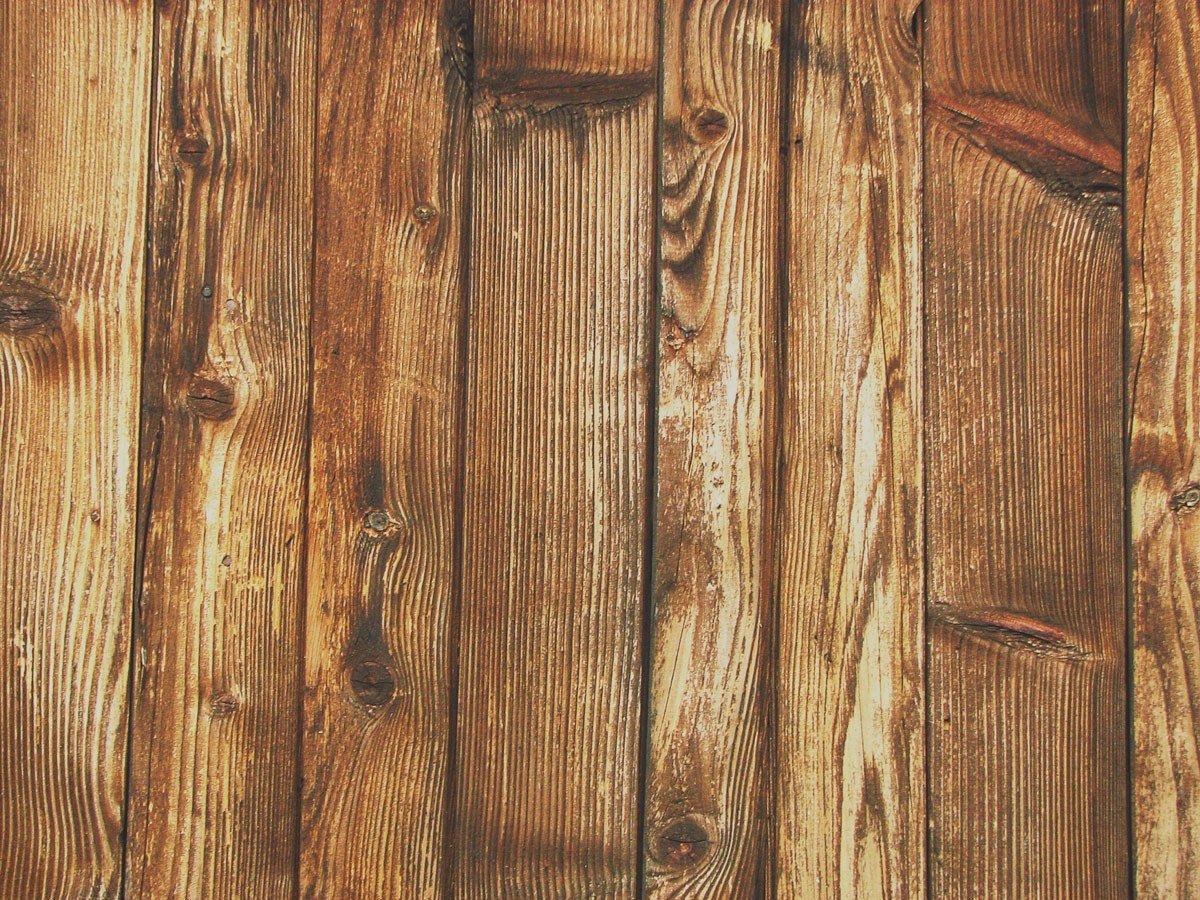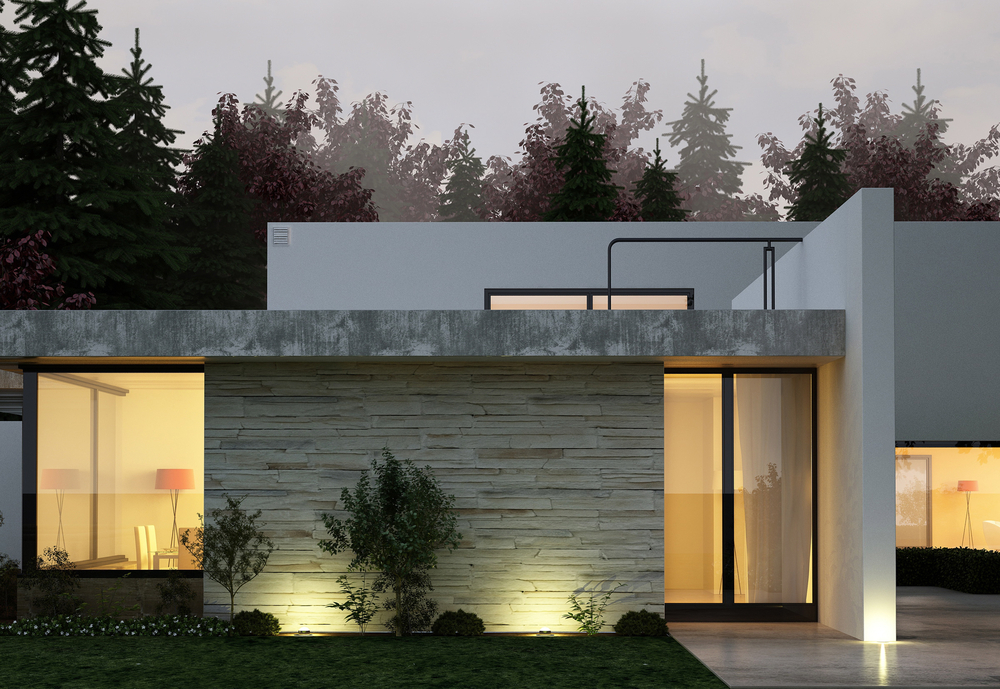When building a house, many builders decide in favor of wood as a building material precisely because of ecological arguments. And in fact, the use of wood in house construction, as well as in other areas, makes more ecological sense than the use of alternative materials (such as plastics or aluminum). But what about the economy’s general handling of wood as a raw material in the many areas of application? For example, regional stocks are already often used to avoid long transport routes. But there is much more that can be done! Particularly in the case of wood as a raw material, much can still be achieved with effective cascade utilization. In actuality, this potential is still largely untapped.
the essentials in brief
- Cascade utilization is the multiple use of a raw material in successive stages – allowing raw materials to be optimally utilized before they are disposed of or incinerated for energy generation purposes.
- Waste wood, which is highly suitable for further material use, is often disposed of. Carrying out as many cascades as possible in the use of wood, on the other hand, means using the raw material efficiently.
- The potential of cascade utilization is sufficiently well known – unfortunately, the will to implement it is still lacking.
What is cascade utilization?
Conceptually, a distinction is made between:
Single-stage cascade: the raw material is recycled once before energy recovery.
Multi-stage cascade: the raw material is recycled at least twice,
A cascade use is the multiple use of a raw material in successive stages. These are biomass feedstocks that can be used in as many sequential material applications as possible before being disposed of. For example, the raw material wood can often be easily transferred from one material use (such as house construction) to another (such as furniture construction) with little effort to prepare it. The sustainable value derived from good cascade use is great.
Cascade utilization has great potential in terms of efficiency in the use of resources, especially in the wood, textile, plastics and paper sectors. Although related theory and practice guidance has been circulating since the 1990s, extensive implementation is still in its infancy.
Cascade utilization of wood as a raw material
The natural and limited raw material wood is facing a trend of increasing demand. According to the Federal Environment Agency, the supply/demand ratio in the German timber industry is currently good. But the global market also always has something to say about unpredictability. Economics aside: Nowadays, most people’s ecological understanding is to use resources as efficiently as possible. And not to waste them even if they are currently available in sufficient quantities. The reality, however, often looks different. This is also the case with wood as a raw material: According to the Federal Environment Agency, 44% of the fresh wood harvested from German forest areas goes up in smoke without any material use for energy generation – here there is not even a single-stage cascade use.

In addition, the next step in rehabilitation measures is often the immediate disposal of waste wood – this procedure corresponds to a single-stage cascade. In the sense of a multi-stage cascade use, on the other hand, as many material recovery stages as possible should be realized between the first application and energy recovery. For example, after processing, the wood can be used for high-quality furniture construction without any problems. Only as the last material use of a multi-stage cascade is the processing of wood of inferior quality into plywood panels useful. In fact, processing into plywood, which is performed directly after the initial use, is the only multi-stage cascade use applied by the industry. However, processing into plywood panels can be pushed further up the use chain – a lot of wood that ends up as plywood could have become better.
However, if cascade use is given greater economic consideration in the future, the management of the various energy producers will also face adjustments. It does little good for the environment if losses of waste wood in biomass power plants are even compensated for by fresh wood or other emission-intensive forms of energy generation.




